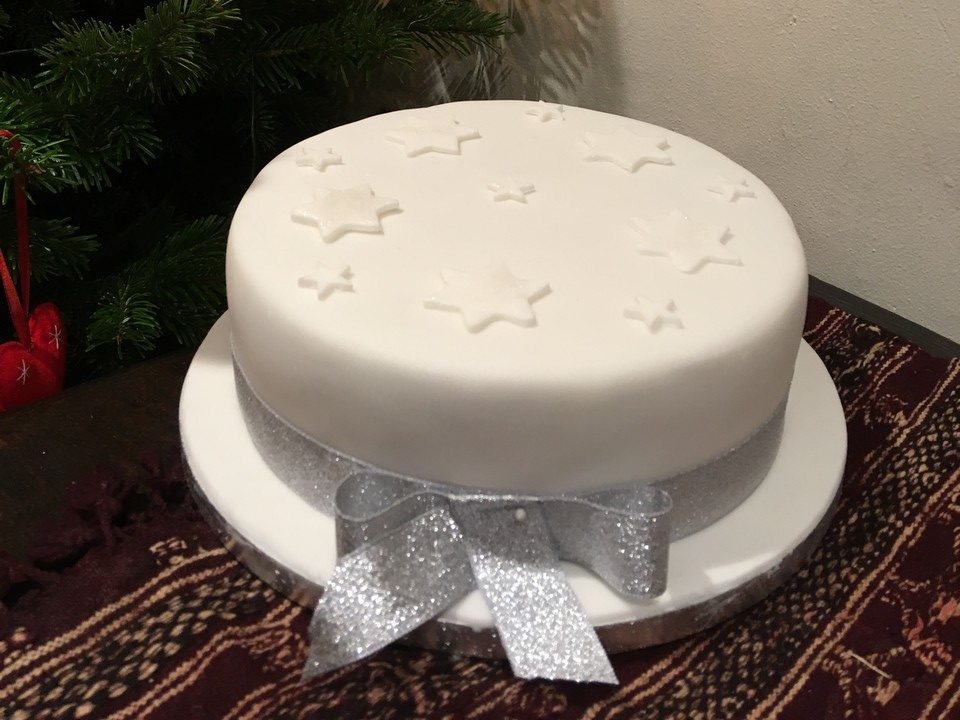
With the 75th Anniversary of VE Day tomorrow, we look back at how the people of Britain celebrated the end of the war, particularly what type of cake and other treats they were able to have.
Celebrating with Style
Garden parties, street parties and celebrations galore on 8th May 1945. We may not be able to have large parties at the moment but whether you are having a small afternoon tea at home, an online party or a socially distanced street party, there are some absolute essentials that can be easily added to any VE Day event for that really authentic experience.
Limited Supplies
In 1945 there were still many shortages of foods due to rationing. Sugar, butter and meat were hard to come by. Dinners of corned beef hash, liver casserole and pork faggots were accompanied by home grown vegetables as many people had taken to allotments and gardens to keep up a supply of fresh vegetables.
With limited options, what did the Brits make for their special VE Day celebrations?
Traditional Sandwiches
The quintessential “finger sandwich” covered the tea tables lining the streets. Other than vegetables, eager guests could find a range of fillings from corned beef and piccalilli to cream cheese and egg, beef dripping to cucumber, and if you were really lucky and had saved up sugar rations, perhaps a fruity jam.
Let them eat Cake

If bakers could get hold of the ingredients the Victoria sponge was a go to cake for celebrations. A light sponge, filled with cream and jam, dusted with icing sugar. The Victoria sponge is still one of the most popular cakes today, perfect for any occasion. Scones were also a firm VE Day favourite. Classic scones could be made easily and topped with jam and perhaps even clotted cream.
Scones are incredibly versatile as ingredients can be added such as dried fruit or cheese to give this well known baked good a twist. In fact, during the war many people added mashed potatoes to scones as it stretched the ingredients that little bit further.
Biscuit Break

Biscuits were rationed early on so many people were encouraged to bake their own. Due to ingredient shortages, again home bakers could add flavour to biscuits using ginger, orange, nuts or what was available to them. Shortbread was popular as the butter could be substituted with semolina or margarine.
The Imperial biscuit was a real treat as it was a double biscuit filled with either chocolate or jam. Many newspapers and magazines published recipes for sweet treats to boost morale during the war adding in options if certain ingredients were not available.
If you need inspiration for a 1945 style celebration, take a look at some of Anna Baker’s cakes and biscuits. Or if you fancy your own afternoon tea party get in touch today to discuss options.



